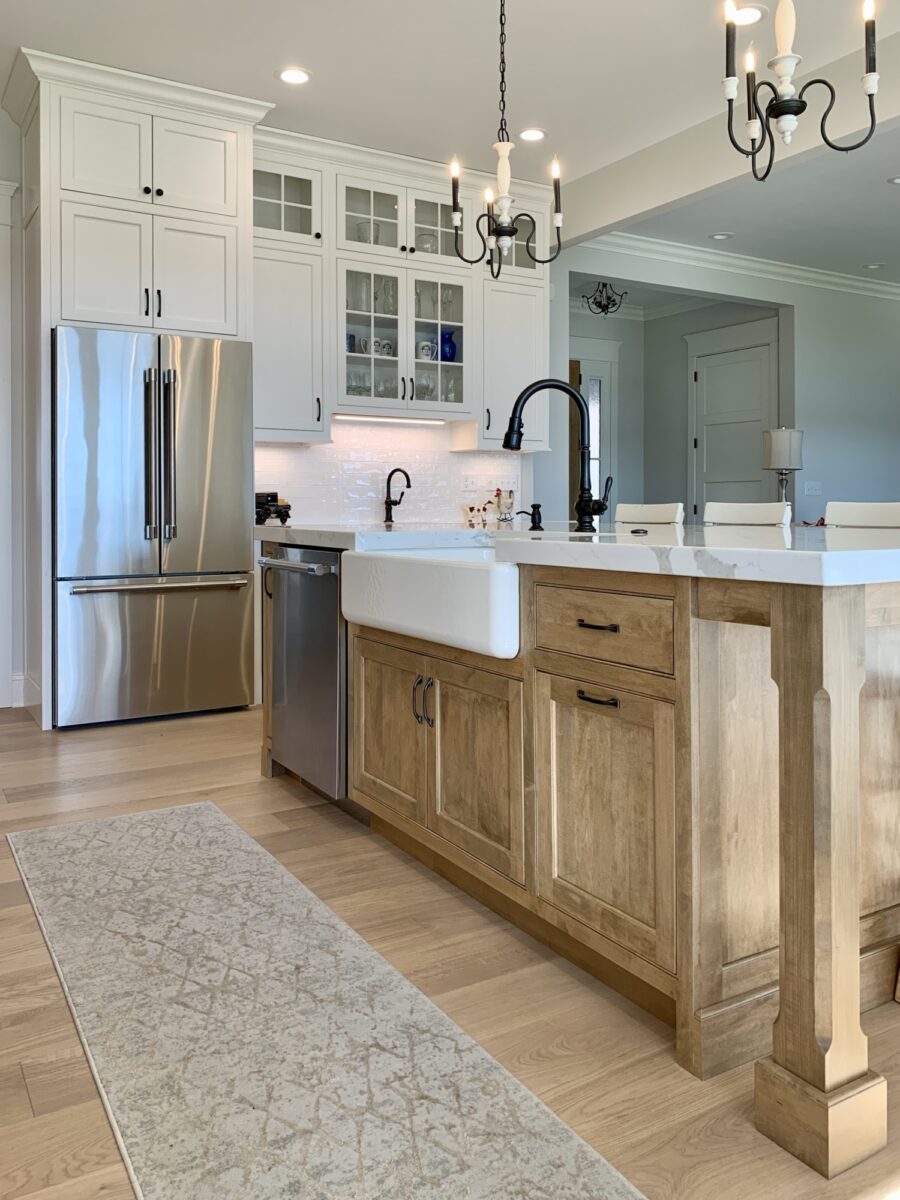Include Appeal and Character to Your Space with Legs For Kitchen Island Creations
Include Appeal and Character to Your Space with Legs For Kitchen Island Creations
Blog Article
Vital Elements to Think About When Selecting Legs For Kitchen Island
Selecting the proper legs for a kitchen area island entails a mindful analysis of multiple aspects that can considerably influence both performance and visual allure. As we discover these elements, it ends up being clear that each decision can have significant effects for the total kitchen experience.
Product Options
When choosing legs for a kitchen island, comprehending the different product alternatives is necessary for attaining both visual appeal and architectural integrity (Legs For Kitchen Island). The selection of product dramatically influences not just the toughness of the island yet also its total style and functionality
Metal legs, typically made from stainless steel or functioned iron, contribute a industrial and modern feeling while making sure sturdiness and stability. These materials are immune to wear and can support considerable weight, making them ideal for larger islands.
Another choice is engineered products, like MDF or plywood, which can be more affordable while still supplying a series of finishes. They might not give the exact same level of security as strong wood or metal. Legs For Kitchen Island. Products such as acrylic or glass can produce a contemporary look, though they may need additional support to make sure stability.
Ultimately, the selection of product for kitchen area island legs must line up with the preferred capability and the general style of the kitchen.
Design And Style

When thinking about design, the shape and coating of the legs are important. Conical legs can supply a feeling of agility and sophistication, while thicker, extra durable legs can convey toughness and security. Additionally, the coating-- be it repainted, discolored, or natural-- need to enhance the kitchen cabinetry and counter top materials to produce a unified appearance.
In addition, the design of the legs can likewise mirror personal preference. Customized or ornamental legs, such as those including complex makings or special geometric forms, can function as centerpieces, including character and individuality to the cooking area. Ultimately, the appropriate selection will not only boost capability however also elevate the aesthetic allure, making the cooking area island a standout feature of the home.
Height Factors To Consider
Choosing the ideal elevation for kitchen area island legs is critical, as it straight affects both functionality and comfort. The basic height for a kitchen area island generally varies from 36 to 42 inches, aligning with usual counter top heights. A 36-inch height is optimal for food prep work and food preparation, enabling for comfy usage of kitchen appliances and tools. Conversely, a height of 42 inches is often liked for islands meant for bar seating, suiting taller feceses and providing an informal eating experience.

It is additionally necessary to make up individuals' elevations and choices. Tailoring the height can guarantee a comfortable experience for all household participants, making the kitchen island a much more useful and satisfying room.
Weight Assistance
Making certain appropriate weight assistance for kitchen island legs is crucial for both security and functionality. The kitchen area island typically serves numerous functions, consisting of cooking, eating, and extra storage, demanding a robust basics assistance structure. When selecting legs, it is vital to consider the total weight capacity called for based on the island's meant usage and article the materials that will certainly be placed on it.
The choice of material for the legs plays a considerable role in their weight-bearing abilities. Solid timber, steel, and sturdy composites normally give exceptional stamina contrasted to lighter products. In addition, the design of the legs-- whether they are right, tapered, or have a pedestal type-- can influence their capacity to disperse weight properly throughout the framework.
Constantly consult the supplier's specs relating to load limitations to make sure that the legs can maintain the designated weight without endangering security. In summary, choosing kitchen area island legs with adequate weight assistance is important for producing a safe and functional cooking area.
Installment and Upkeep
Appropriate installment and maintenance of cooking area island legs are essential for guaranteeing long life and stability. This often entails securing the legs to the island base making use of suitable bolts, guaranteeing that the legs are degree and straightened.
As soon as set up, routine upkeep is needed to protect the integrity and look of the legs - Legs For Kitchen Island. For wood legs, periodic cleansing with a damp fabric and application of suitable timber gloss can prevent wetness damage and preserve their finish. Metal legs might require a gentle cleaning solution to eliminate grease and crud, complied with by a completely dry cloth to avoid rust development
Furthermore, examine the legs consistently for signs of wear or damage, such as cracks or loose joints. Tightening screws or screws as needed can also extend the life expectancy of the legs. By sticking to these installment and upkeep techniques, home owners can make sure that their kitchen area island stays durable and visually appealing for many years to find.
Verdict

Visual coherence is extremely important in picking the style and style of legs for a kitchen island, as these aspects substantially influence the overall atmosphere of the room. Conical legs can offer a feeling of agility and style, while thicker, much more durable legs can convey strength and security.Selecting the ideal elevation for cooking area island legs is vital, as it directly affects both functionality and comfort. In summary, selecting kitchen area island legs with appropriate weight assistance is necessary for creating a practical and risk-free cooking area.
In conclusion, choosing legs for a cooking area island demands careful consideration of numerous factors, including product alternatives, design, height, weight support, and installation.
Report this page